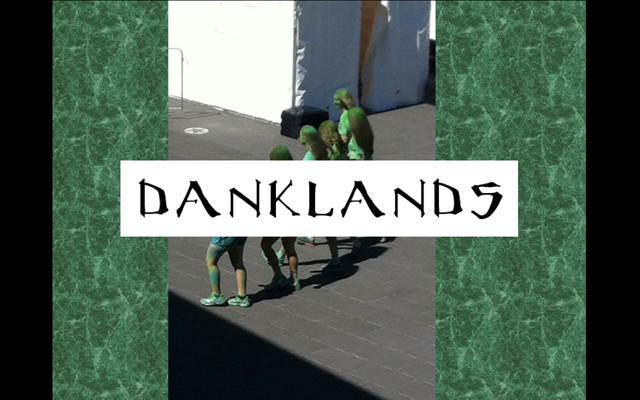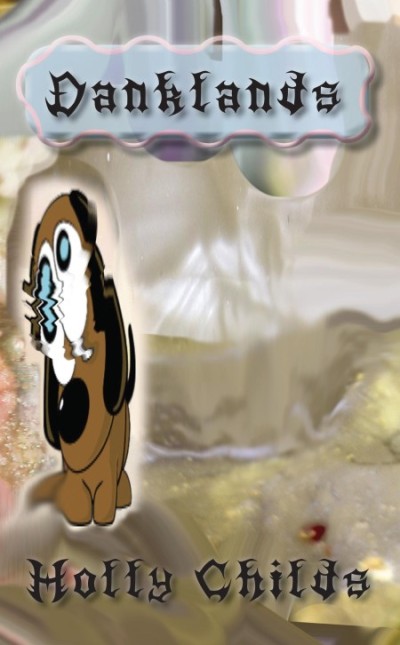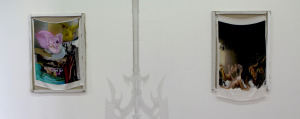Experimental writing, it is said by those more comfortably ensconced in the sagging sofa of English literature, is simply a genre: a stereotypical form of book in which certain conventions apply, the same as in any other. As such, it’s over. That fuss and nonsense was all fine in the days of the proper modernists, from James Joyce, up to say, Brigid Brophy or Gilbert Sorrentino, but really, that’s all been mapped out. It’s done with. Now it’s time to knuckle down and write studied novels with the occasional nod to Derrida if you really must. The relation to tradition is all the better to show that you have mastered it and are beyond it, there’s no need to be disruptive. Writers want that familiar warm novel feeling back, but with a few winks. Or rather, not back so much as to insist on being in a position to perpetuate it, though cleverly, at the same time as insisting, in tune with the times, that there is no alternative.

Danklands would suggest otherwise. Written by Melbourne-based artist Holly Childs it is a book that takes place in the bits of cities that slipped through the master-plan despite being in the middle of it; something that echoes its place in literature. Danklands is written in English, but at all those points where it turns into a thick wet post-natural swamp, in jargon, awkward love, smoggy spaced-outness around the edges of the city’s docklands. Indelicate sentences, packed with clichés and gulped down verbiage that come back wrong, strands of linguistic mouth-backwash float into the reader’s bottle of Fiji water like the delicate tendrils of a jellyfish before dissolving back into narrative, a cluster of lists, bejewelled molten plastic slag and the goings on of several ciphers that pass for characters. In this movement the book occasionally takes time to gather its own co-ordinates, shifting paces, there’s a precision zoned-outness in the finely, almost molecularly, constructed sentences that flow out into the vast intertidal marshes of language with which the internet is silted together with. At other moments, the text floats in dense poetic dazes, tightly worded and loose.

Danklands has the best YouTube make-up tutorial yet to be lightly spritzed on the surface of video. If you follow its steps precisely, it will make your synapses shimmer as much as it extends your lashes. Working out the co-ordinates of the book, in the coagulated oozing mass, of leachate, is part of the fun. Making a list of all the things that aren’t things in the world is amazing enough, making the links between them work as they are brought into conjunction by fire, sunburn, romantic interest, sleepiness, new kinds of plastic and code. Soon enough you’re gliding over the surface of the ice rink, smoothing out the crud from the surface on a giant Zamboni machine that leaves everything crystalised and clear, a glittering swathe of reflection that you can carve a path into, but not before hot water is already poured over it by the machine, Childs’ writing machine, that recomposes the relations between molecules.**















